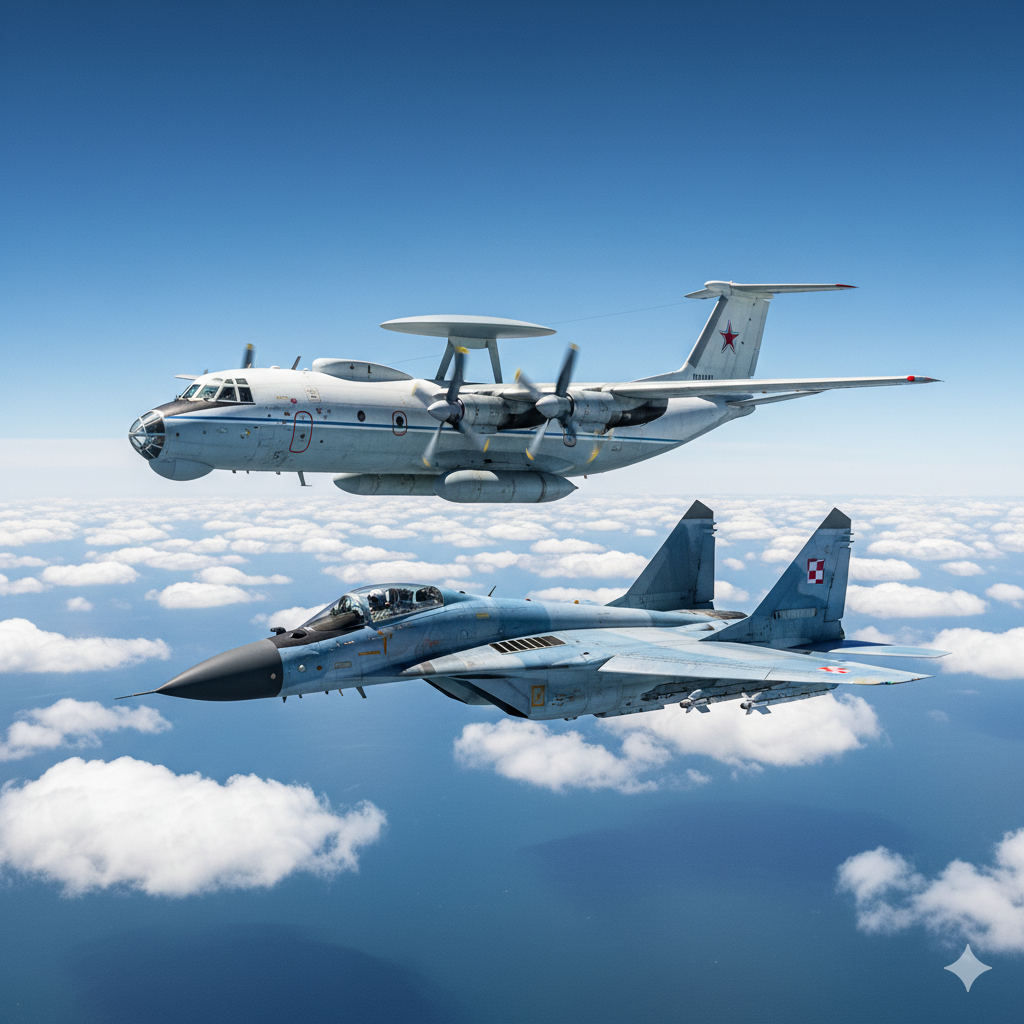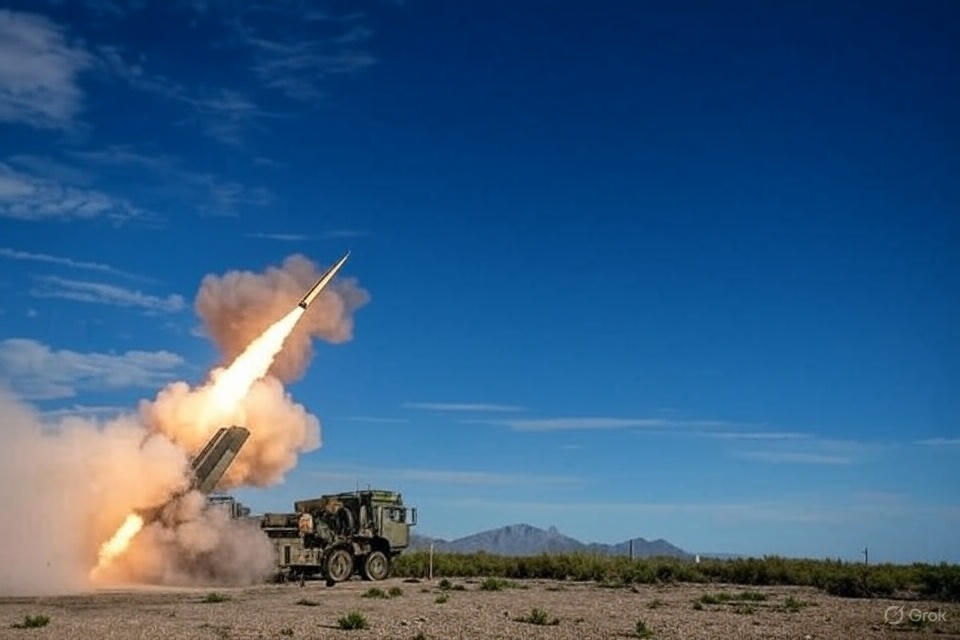The skies above the Baltic Sea have long been a focal point of geopolitical tension, a strategic crossroads where East meets West, and where the movements of military aircraft are watched with keen interest. In a recent incident that underscores the persistent dynamics of regional security, Poland’s air force launched its formidable MiG-29 fighter jets to shadow a Russian Il-20M reconnaissance aircraft operating near Baltic airspace. This action, while routine in some respects, serves as a potent reminder of the vigilance required to maintain territorial integrity and international norms in a sensitive geopolitical theater.
The Il-20M, often referred to as a “spyplane” due to its extensive array of sensors, radars, and electronic intelligence (ELINT) gathering equipment, is a familiar sight in the vicinity of NATO airspace. These aircraft are designed to collect a vast amount of data on military installations, communications, radar signatures, and troop movements, providing invaluable intelligence to their operators. When such an aircraft approaches the sovereign airspace of a NATO member, it triggers a rapid and professional response, ensuring that its activities are closely monitored and that no incursions occur.
Poland, as a front-line NATO member and a nation with a deep historical understanding of regional security challenges, takes its role in protecting the alliance’s eastern flank very seriously. The deployment of its MiG-29 fighter jets in response to the Russian Il-20M is a testament to this commitment. The MiG-29, despite being a design from the Soviet era, remains a highly capable and agile interceptor, particularly when modernized and maintained by skilled aircrews. Its speed, maneuverability, and armament make it perfectly suited for the task of visually identifying, monitoring, and, if necessary, deterring any potential threats.
The act of “shadowing” is a carefully orchestrated military procedure. It involves Polish fighter jets flying in close proximity to the Russian reconnaissance aircraft, often maintaining a visual line of sight. This serves multiple purposes:
- Identification and Verification: To confirm the identity and type of the aircraft.
- Monitoring Behavior: To observe its flight path, speed, altitude, and any unusual maneuvers.
- Deterrence: To signal that its presence has been detected, is being watched, and that any deviation towards sovereign airspace would be met with a swift response.
- Data Collection: To gather information on the spyplane’s own electronic emissions and operational patterns.
These interceptions, while inherently tense, are typically conducted in a professional manner, adhering to international aviation safety standards. The goal is not to provoke an incident but to assert control and maintain vigilance. They are a constant dance between surveillance and counter-surveillance, a silent testament to the ongoing competition for intelligence and strategic advantage.
The broader context of this incident is crucial. The Baltic Sea region has seen an increase in military activity from both NATO and Russia in recent years. NATO conducts regular air policing missions and exercises to reassure allies and deter aggression, while Russia frequently tests the boundaries of international airspace with its reconnaissance and bomber flights. Each movement is a calculated message, a reaffirmation of presence and capability.
Poland’s launch of its MiGs is also a display of its own military readiness and its integration within the larger NATO air defense network. Such responses are not isolated national decisions but are often coordinated within the alliance, demonstrating NATO’s collective security guarantees. It highlights the importance of maintaining a robust and modern air force, even for “legacy” aircraft like the MiG-29, when they are integrated into a sophisticated command and control structure.
In conclusion, the incident involving Polish MiG-29s shadowing a Russian Il-20M near Baltic airspace is a microcosm of the complex security environment in Eastern Europe. It underscores the constant need for vigilance, the importance of robust air defense capabilities, and the professional execution of military protocols to de-escalate potential tensions while asserting sovereign rights. As the geopolitical currents continue to swirl, such aerial encounters will remain a regular feature of the skies over the Baltic, a silent yet potent reminder of the intricate balance of power and the unwavering commitment to regional security.




